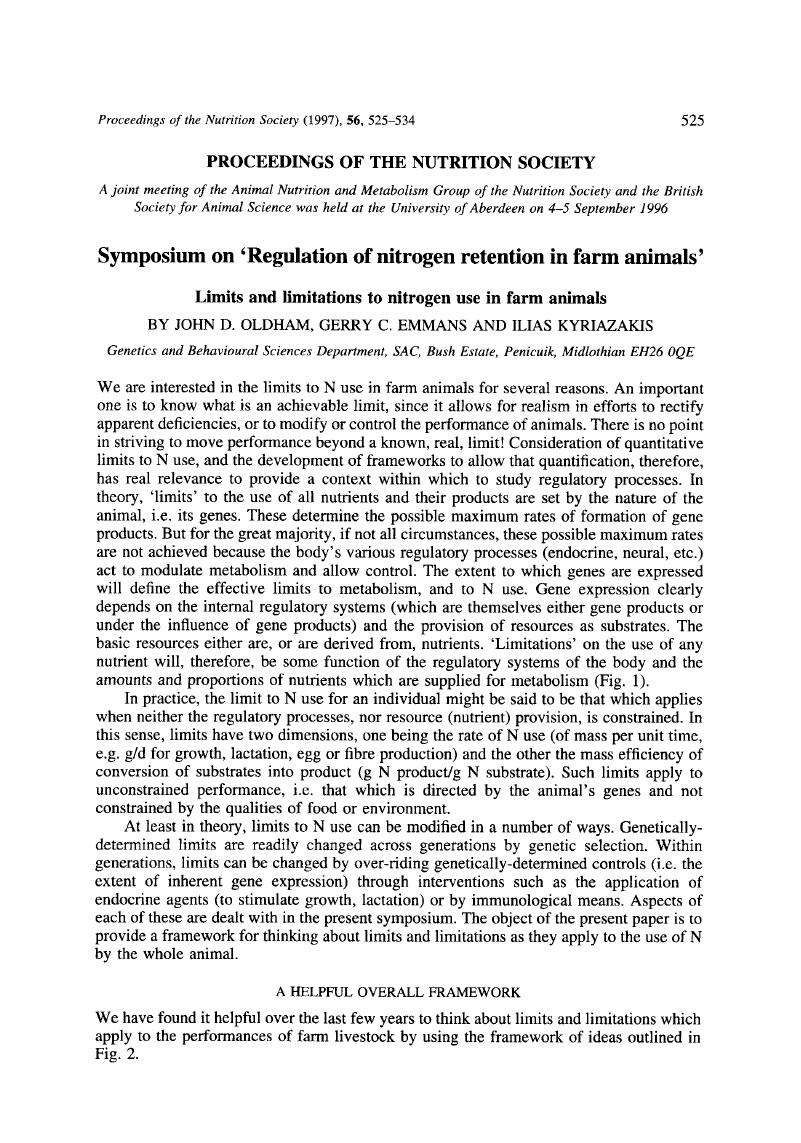Crossref Citations
This article has been cited by the following publications. This list is generated based on data provided by Crossref.
Arsenos, G.
Kyriazakis, I.
and
Tolkamp, B. J.
2000.
Conditioned feeding responses of sheep towards flavoured foods associated with the administration of ruminally degradable and/or undegradable protein sources.
Animal Science,
Vol. 71,
Issue. 3,
p.
597.
Encarnação, Pedro
de Lange, Cornelis
Rodehutscord, Markus
Hoehler, Dirk
Bureau, Wafa
and
Bureau, Dominique P
2004.
Diet digestible energy content affects lysine utilization, but not dietary lysine requirements of rainbow trout (Oncorhynchus mykiss) for maximum growth.
Aquaculture,
Vol. 235,
Issue. 1-4,
p.
569.
Sara, J.R.
Gous, R.M.
and
Bureau, D.P.
2009.
Describing growth and predicting feed intake in the marine prawn Fenneropenaeus indicus.
Aquaculture,
Vol. 287,
Issue. 3-4,
p.
402.
Dumas, André
France, James
and
Bureau, Dominique
2010.
Modelling growth and body composition in fish nutrition: where have we been and where are we going?.
Aquaculture Research,
Vol. 41,
Issue. 2,
p.
161.





